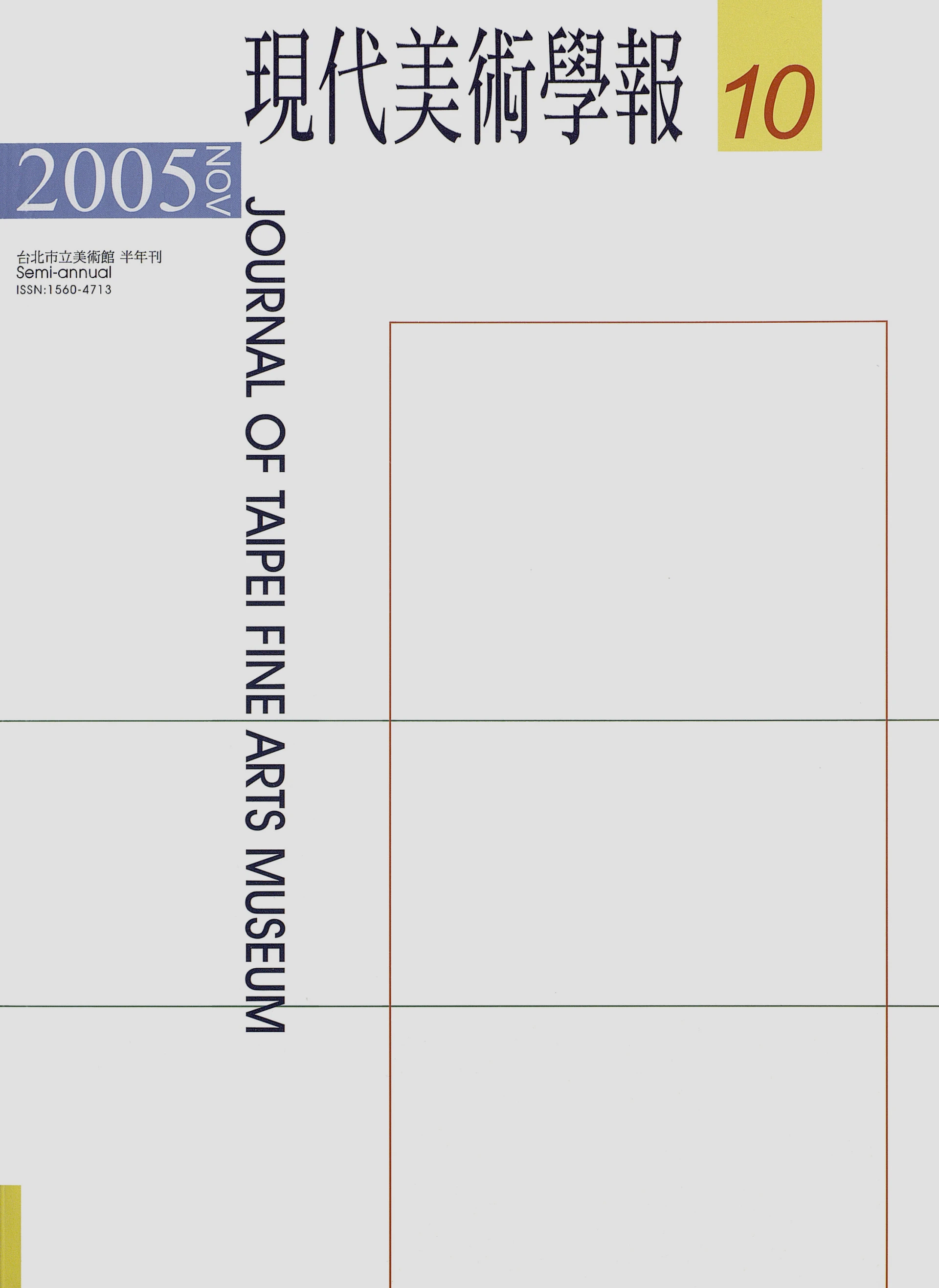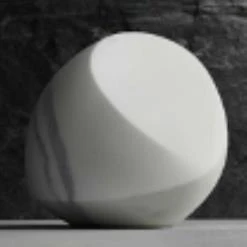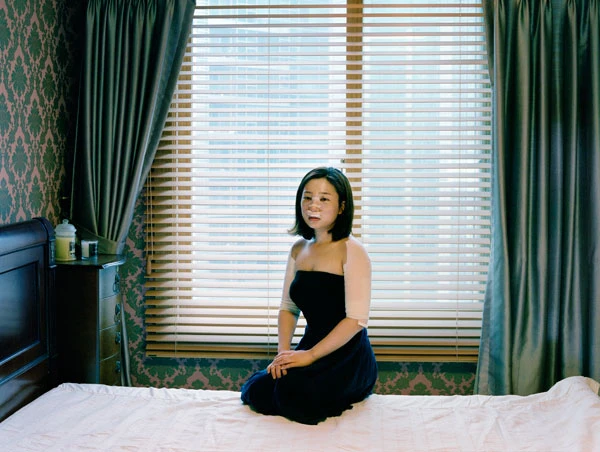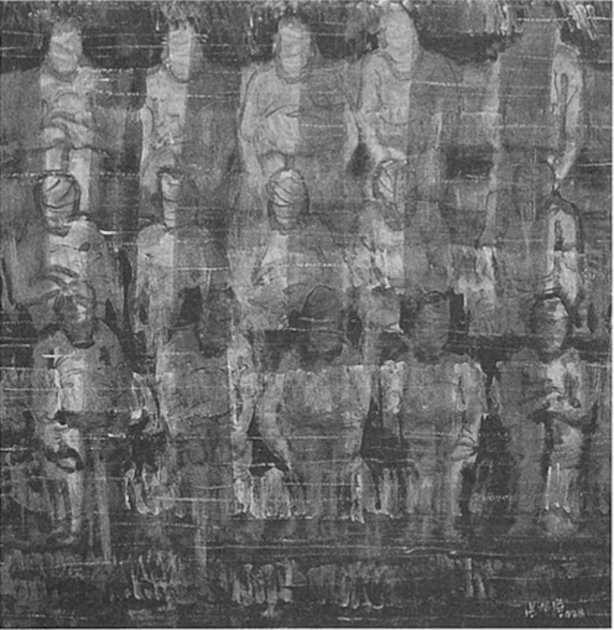摘要
西方宗教畫常見的聖母子,為世人建立了理想母親形象的典範,其教化目的不言自明。母職遂成為許多母親的緊箍咒,特別顯現在照顧家庭與發展志業的兩難衝突上。本文首先引述女性主義與精神分析學對母職成因的分析,釐清生為女人與專司母職之間的不必然關係;另一方面,再針對哲學概念中孕育生命的「宮籟」一詞,引介它具有母親、餵養者等之富饒豐沛、取之不竭,用之不盡的含義,表明孕育生命者在根本意義上的主體性。汪曉青將母親繁衍與撫育的生命創造意義,拓展至藝術領域的創造,也將單向的(母生子)生產,轉變成雙向的(母與子)衰老與成長之間的映照、消長、循環的生命敘事歷程。她的攝影創作,不但是一種家庭紀念照式的紀錄,更是一場母親藝術家的見證。20年來記錄她的生命階段,也記錄孩子的成長歷程,更印證藝術具有轉換「底片」/「陳套」的能力⸺將繁重的母職實踐,改造成獨特的藝術實踐。
關鍵詞
母子圖、母職、宮籟、套層密藏、綿延
Abstract
With an obvious purpose of enlightenment and cultivation, Madonna and Child depicted in Western religious paintings has produced for all people the paragon image of an ideal mother. Consequently, mothering imposes on many mothers a trammel in particular the choice between taking care of the family and developing personal career. Starting with quotes of cause analyses of mothering based on feminism and psychoanalysis, this essay clarifies that being a woman and being a dedicated mother does not go with the territory. Focused on "chora" a philosophical term refers to conception of the young, the essay further manifests subjectivity of a conceiver with implications of fertility, abundance and inexhaustibleness of that term.
Expanding the purport of a mother's life creation in propagation and nurturing to her art creation, Wang's photographic creations not only record family commemorations, but also witness a mother taking the role of an artist. Photographs of the past 20 years keep track of different life stages of the artist and the growth process of her child. More importantly, transformation of "cliché" by art has also been verified, turning strenuous motherhood practices into unique artistic practices.
Keywords
Madonna and Child, Mothering, Chora, Mise en abyme, Durée






